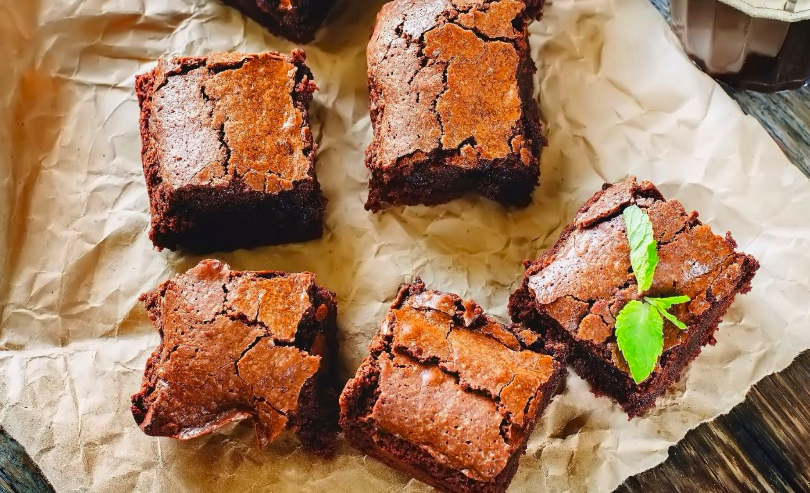How to bake without sugar

When it comes to a sweet tooth, everybody likes some naughty baked goods, from brownies and muffins to pies and tarts. But for those who want – or need – to reduce their sugar intake, this can seem hard, especially when we want that sugary sweetness. Fear not! There are some sugar free desserts out there (yes, even cookies) which use refined sugar or natural sugar in their recipes, perfect for those with diabetes or who need to lose a few pounds. Sue Simkims’ sugar free recipe book delivers delicious bakes and sweet treats using xylitol – a natural sugar substitute – as it has major health benefits (so is good for those who are diabetic) and is much less fattening than sugar. Using the sugar substitute xylitol, you really can reduce your sugar intake without missing out on all the delicious treats you’re oh-so-fond of. Read on to find out how….
What is the best substitute for sugar?
Rather than using sucrose or a standard table sugar, xylitol is a natural sweetener and is found in certain fruits and plants such as berries, maize and birch bark. Although beneficial for humans, it is not for pets – so keep out of reach of your fluffy friends!
What are the benefits?
‘Normal’ sugar can cause tooth decay and obesity, but xylitol prevents this, because it contains 40% less energy, meaning the gut absorbs it more slowly. Xylitol also has 40% fewer calories and research suggests it increases the activity of white blood cells, which fight bacterial infections, as well as reducing the amount of ear infections in children. What a winner!
Can diabetics have it?
The body does not need insulin to metabolise xylitol, so diabetics are free to use this. However, if you are diabetic and are planning on using xylitol as a substitute, it is always best to check with a medical professional first.
Why is it good for baking?
Xylitol is as sweet weight for weight as regular sugar, so you can use exactly the same amount as you would if you were using sugar. Often other substitutes need less as they are unbearably sweet and overpowering, meaning other bulk is added to the recipe for it to work.
Are there any recipes I can’t use xylitol for?
There are some recipes xylitol doesn’t work well for – in particular, yeast based baking. It also doesn’t caramelize. As this comes in a pure, white, granulated form, it is not suitable for rich, dark, fruit cakes.
Does it work for sponges?
Absolutely! Whilst may take a tiny bit longer to bake than those with regular sugar, sponge cakes still come out with spectacular results. Lighter sponges, such as a sponge sandwich, fairy cake or pastry, get good results if the xylitol is turned in a food processor or grinder before using to make it really fine.
For loads of sugar free dessert recipes, read: Sugar Free Baking: Healthy cakes and bakes for dieters and diabetics (Robinson) by Sue Simkins.


